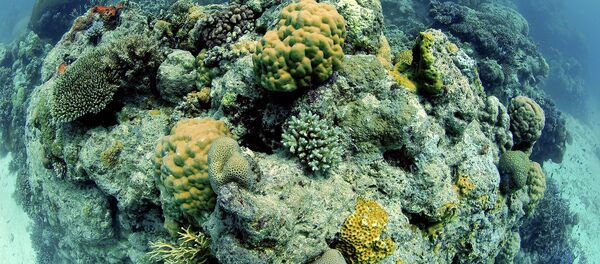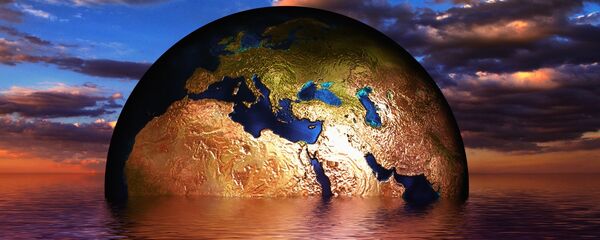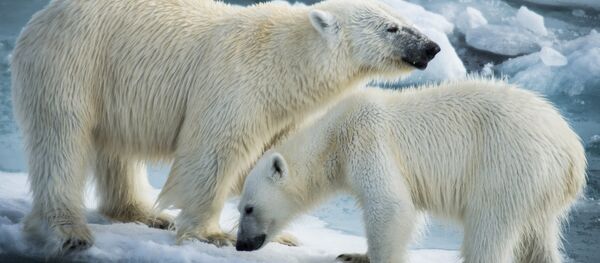That's right. This week saw the US government release declassified footage of nuclear weapons testing from the 1940s to the early 1960s. And while the footage is strikingly beautiful, it is also, to quote Megadeth's song "Symphony of Destruction" proof that "you take a mortal man, put him in control, watch him become a god, and watch people's heads roll," because, that beautiful ball of flame would mean instant erasure for anyone and anything in its path.
A local Alaskan website recently ran a story noting that, following last year's massive die-off of Alaskan seabirds, scientists still looking for answers. A biologist with US Fish & Wildlife Service, when asked how many had died, noted: "I would say possibly hundreds of thousands were killed." The biologist also noted something strange when she said: "And it's not just how many died, it's where they died. There were some in Lake Iliamna, down on the roads along the Kenai Peninsula, and all the way up to Fairbanks. (The birds) aren't supposed to be there."
When asked about the cause of death, the biologist noted: "Almost always it's been starvation… Sea birds are top predators." Asked about the importance of these birds, the biologist noted: "They're sort of sentinels for our environment. They have definitely let us know that there's change going on in the ocean ecosystem." Taking it all into consideration, the biologist summed it up by saying: "The refuge has been monitoring these colonies for 4 decades and it's like nothing we've ever observed before."
Changing it up a little bit, KUCB, another local news source, wrote: "In the past two months, 300 dead puffins have washed up on St. Paul Island, alarming residents who had only seen six carcasses over the last decade… scientists say it could be the sign of a much larger ecosystem problem. The co-director of St. Paul's Ecosystem Conservation Office said: "There are dead puffins everywhere. The carcasses came ashore in waves". The co-director went on to say: "the extent of the die-off was frightening. After we opened up the first five, it was very apparent that all of them were emaciated. Their muscles were completely atrophied. They had empty stomachs. They had gastrointestinal bleeding, which indicates severe long-term starvation. They were in very, very poor shape… So we started digging into this more." She ended by wondering: "What is happening? Where is their food?" And where could their food be, you might be asking yourself?
The Verge recently ran a story about Fukushima and there it was noted: "Another robot has died in the depths of one of Fukushima's nuclear reactors, as attempts to locate and remove melted radioactive fuel continue. This is the second robot in two weeks to meet its end in the Fukushima Daiichi nuclear power plant." That's right — this is the second robot to be destroyed in as many weeks.
The article continued by noting: "The robot's mission was to investigate the pedestal underneath the Unit 2 nuclear reactor, where melted nuclear fuel is suspected to have fallen. But about 10 feet away from its target, one of the robot's tank-like treads got stuck. Tokyo Electric Power Company (TEPCO), which operates the plant, said decided to cut the robot's cable and abandon it inside the reactor. However, A TEPCO spokeswoman said that they don't yet know whether radiation or debris stopped the robot."
So, what do you think dear listeners: "What is going on in the Pacific Ocean?"
We'd love to get your feedback at radio@sputniknews.com.
Have you heard the news? Sign up to our Telegram channel and we'll keep you up to speed!





